PROTECT YOUR DNA WITH QUANTUM TECHNOLOGY
Orgo-Life the new way to the future Advertising by AdpathwayIf a tree, shrub, or perennial looks healthy and is growing normally, there’s no need for added fertilizer this time of year. But, if you’re seeing chlorotic (yellowing) leaves and off color (and drought stress isn’t the issue), they may benefit from a boost.
A targeted round of fertilizing in August supports certain plants lacking nutrients as they prepare to head into winter. It fosters repeat flowering in shrubs that show color in fall. It benefits annuals that continue to grow and produce, particularly with a final flush as temperatures moderate towards fall.
Potted tropicals, too, can receive extra nutrients now, including houseplants spending summer outdoors before making the transition back inside to overwinter. Successional rounds of vegetables and newly planted crops get an organic treatment for consistent production. Lotus and waterlilies receive their last round this month while water temperatures remain mild.
By late summer, high heat, drought, or other weather fluctuations play a role in plant vigor and also in whether or not to fertilize. For many, we stop fertilizing now to avoid promoting new growth that’s susceptible to winter damage. Plants are winding down a season of active growing and producing, depending on your climate, as they prepare for winter.
Take a look at this list of plants to fertilize in August to determine what to feed and what to skip.
August Fertilizer Notes
 You should fertilize carefully in late summer.
You should fertilize carefully in late summer. In late summer, we want to avoid fertilizing heat or drought-stressed specimens. They won’t benefit from the added nutrients, which may stress them further. Most plants, including perennials, don’t require late summer fertilizer, but those in lean soils or showing chlorotic (yellowing) leaves get a boost before cold weather.
Before you fertilize plants in August, keep in mind your first anticipated frost date, and allow at least six to eight weeks before adding slow-release nutrients. We want to avoid encouraging new growth as plants slow and move toward winter dormancy.
Slow-release fertilizers distribute nutrients gradually over the course of about two months. Regular granulars break down in about one month, while plants absorb liquid feeds quickly to spur growth.
Knowing the type of fertilizer and its application rate helps avoid an excess of nitrogen late in the season. Too much nitrogen leads to weak growth and increased susceptibility to pests, diseases, and cold damage.
Moderate temperatures and regular moisture are the best conditions for roots to absorb nutrients. A soil test this time of year is a good idea to measure nutrient levels and any amendment needs. Fall is prime for amending soils, giving them time for absorption before the spring.
Reblooming Flowering Shrubs
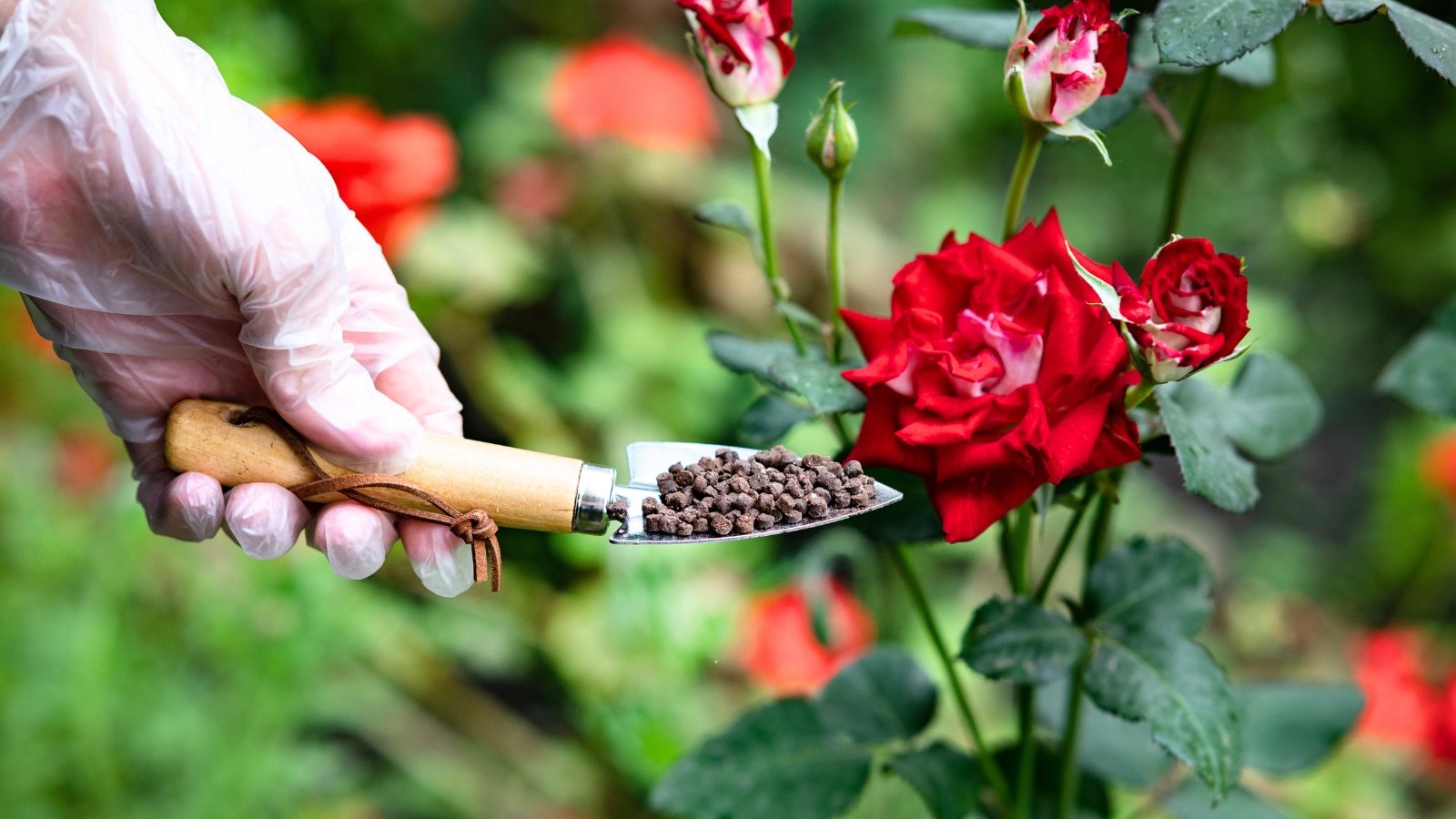 August is the last time to fertilize perennial shrubs.
August is the last time to fertilize perennial shrubs. While spring-flowering shrubs have already set their buds for next year, those that show a flush of flowers in the fall may benefit from a boost in nutrients. August is the jumping-off point for a final application of fertilizer to plants like reblooming roses, hydrangeas, and azaleas.
Hardy shrubs can take fertilizing now if they look unhealthy and you suspect a nutrient deficiency. But, there’s no need to boost those that look good and won’t be showing another round of flowers.
Single-season roses, for example, don’t need fertilizing now. For those that rebloom, fertilizing these plants in August may spur them to a showier late-season display while supporting whole health before winter.
For reblooming roses, opt for a specialized rose fertilizer with phosphorus to promote blooming. Seaweed and alfalfa extracts are low-grade organic options for ongoing support. Foliar feeds, too, with their quick absorption, can promote a fall flush of flowers.
For showy rosehips that offer winter interest and forage for birds and wildlife, stop fertilizing, deadheading, and pruning roses by late August and September to allow blooms to set hips and prepare for winter.
For hydrangeas and azaleas that repeat flower late in the season, consider a phosphorus-rich fertilizer or one tailored to acid-loving flowering shrubs for bloom support.
Take care not to overfertilize, as too much nitrogen produces quick, weak growth with less flowering. Stop fertilizing by early autumn as the shrubs stop actively growing and prepare for dormancy. For fall-planted flowering shrubs, wait until spring to fertilize for the growing season.
Warm-Season Turf
 Know your grass type before feeding.
Know your grass type before feeding. Our grassy lawn benefits from regular fertilizer throughout the growing season. A regular monthly maintenance schedule according to grass type and climate brings the lushest blades.
Turf falls broadly into warm-season and cool-season types, with warm-season grasses growing in zones 7 and above. Common types include Bermuda, St. Augustine, centipede, and zoysia. Cool-season grasses thrive in zones 6 and lower, with Kentucky bluegrass, perennial ryegrass, and tall and fine fescues as common species.
Warm-season grasses enter winter dormancy with the onset of frost and cold temperatures. Fertilize these plants in August in the first half of the month, or six to eight weeks before the anticipated first frost.
A last dose now gives new growth a chance to harden off before cold weather. Even in frost-free zones where grass stays green all year, applying fertilizer now brings extended seasonal nourishment.
For cool-season grasses, we’ll usually fertilize between September and October. Cool-climate grasses develop roots in the fall to store nutrients for successful overwintering.
Use a quick-release granular, as there’s usually not enough time before soils freeze for slow-release. Nitrogen may build up in the soil and is unnecessary both for the turf and the groundwater with a late application.
Nutrient-Lacking Evergreens
 A soil test can help determine where problems lie.
A soil test can help determine where problems lie. From conifers to groundcovers, hollies to arborvitae, evergreens that appear worn or less resilient at summer’s end can handle fertilizer if they experience a lack of nutrition. Yellowing leaves or needles may appear as nutrients leach from the soil or as the alkalinity rises by late summer. To moderate soil pH and add minerals, fertilize these plants in August with a balanced 5-5-5 or 8-8-8 granular.
Our hardiest evergreens are adaptable and grow in a variety of soil types, from sandy and rocky to amended clays. Those in lean soils may show the most need for end-of-season support. While rugged, a measured scattering, worked lightly into the immediate soil, can benefit roots before freezing conditions.
If you’re hesitant to fertilize but want to add slow nutrition, topdress with a layer of compost. The layer of organic material will aid in insulation and moisture retention leading into cooler months. Continue watering garden plants until frost for the most turgid, water-filled roots, stems, and needles for winter survival.
Annuals
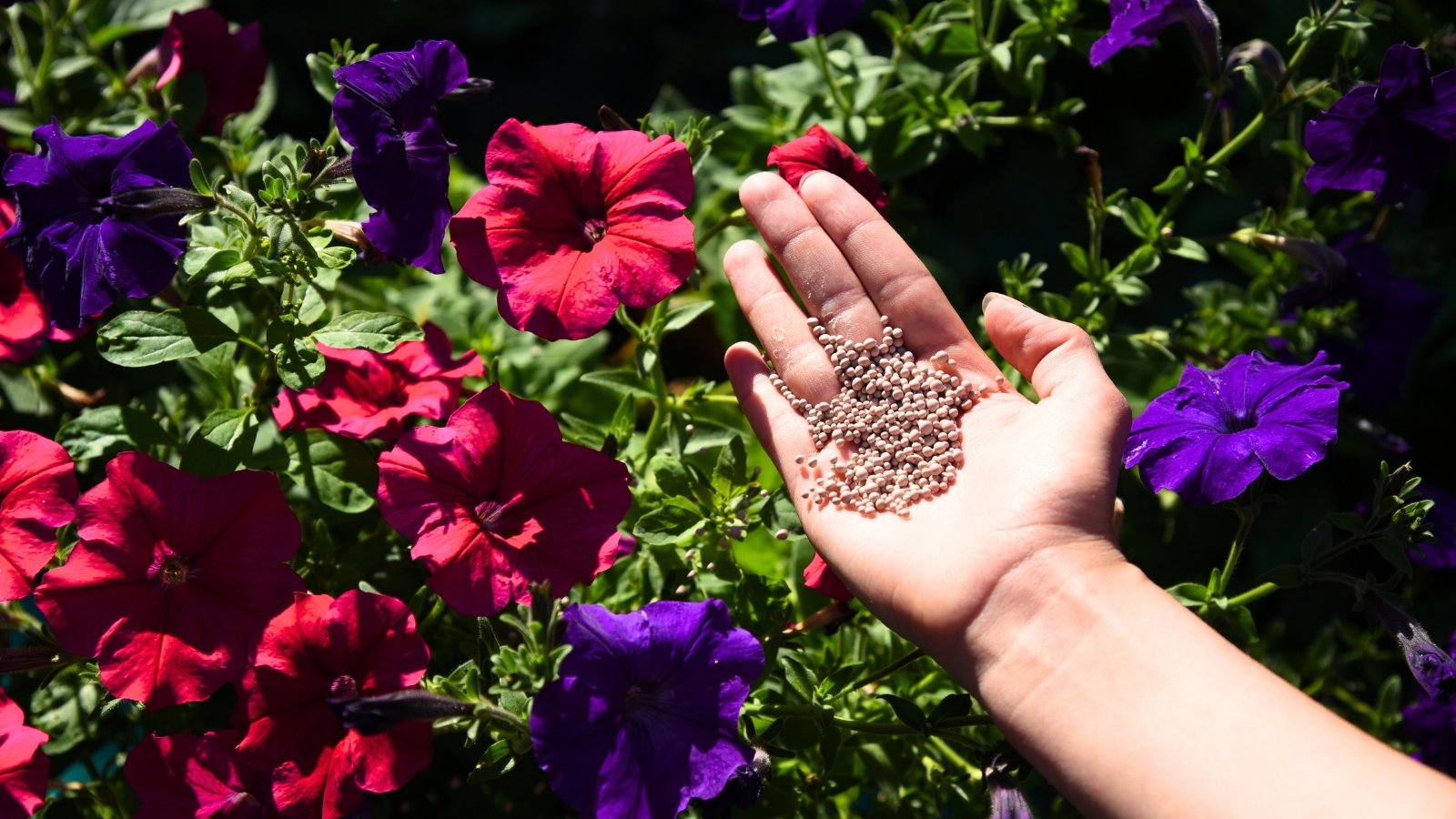 Your annuals need a boost in August for better performance.
Your annuals need a boost in August for better performance. Annuals are the hard-working stars of summer, doing all of their growing and flowering in a single season. As prolific producers, they’re also heavy feeders. Depending on the kind of fertilizer you use and the annual species, a round every four to six weeks is typical.
To promote flushing growth and budding in August for another round of color, a liquid feed higher in phosphorus promotes fast reflowering. A quick-release granular feed lasts for about one month. In climates with long growing seasons, a slow release this month takes the plant through October.
Fertilize heavy-feeders and superlative bloomers like petunia, calibrachoa, and fuchsia now to encourage an extended season of color. Deadhead this month to promote future flowering (rather than directing energy into seed production). Don’t deadhead the last set of flowers if you hope for natural seed drop or collection.
If you plan to overwinter annuals, tropicals, and tender perennials like begonia, petunia, and fuchsia in a sheltered space, fertilizing now is a good last opportunity before transitioning them inside. Cut them back and situate them in a cool, dimly lit room like a garage or basement until spring. Or, move them indoors to a cool spot in bright, indirect light.
New Crops
 Newly planted crops benefit from a little extra help.
Newly planted crops benefit from a little extra help. If you’ve sown successional rounds of beans, squash, cucumbers, herbs, or other fast-developing warm-season crops, keep up with your fertilizing protocol through August. Balanced nutrition sustains end-of-summer yields, which may not be as robust as earlier in the season, but bring an infusion of flavor and nutrition.
The same applies to vines of mid-to-late summer sowings of pumpkins and other winter squashes. As they continue to grow and develop, low-grade organic fertilizers deliver direct nutrition depending on the growth phase. With flowering, switching from a nitrogen-rich base to higher phosphorus promotes fruiting.
As we sow fall crops in August, establishing organically rich soils with fertilizer as seedlings develop supplies essential nutrients. Fish emulsion is an organic source of nitrogen and bone meal of potassium, as root vegetables like carrots, radishes, beets, and turnips establish early roots and leafy growth.
Tropicals
 Feed any tropical plants you plan to overwinter indoors.
Feed any tropical plants you plan to overwinter indoors. In mild conditions, fertilize tropical plants in August that you plan to overwinter or that grow outdoors year-round in frost-free climates. Houseplants, too, can receive late-season rounds. While they’re still actively growing, they’ll absorb the nutrition readily.
A liquid feed every month or so provides easy delivery. For many potted tropicals, a diluted concentration of houseplant fertilizer is sufficient (often at one-third or half strength, mixed with water).
Stop fertilizing in late summer/early fall as active growth naturally slows, indoors or out. Reduce watering frequency as the plants absorb less moisture in the cool season. Wait until spring to fertilize again as new growth flushes.
While spring is typically the best time to repot tropicals and houseplants, August is still a contender during active growth before transitioning the plants inside. If you’re noticing rootbound responses like protruding roots, quick runoff at watering, and drought-stressed leaves, it may be time to repot.
Bump the plants up to a pot one to two inches larger, and refresh the potting mix. Some of our favorites prefer to be potbound and only need refreshing every few years.
Aquatic Plants
 Now is your last chance to feed aquatic plants.
Now is your last chance to feed aquatic plants. While water temperatures remain warm (above 60°F or 16°C), August is prime for a last fertilizer cycle for aquatic plants. Those beautiful lotus and waterlilies that bloomed earlier in the season or are now in peak flower can use final tabbing with pellets or spikes in their submerged pots.
Hardy water lilies get a final treatment this month to harden off before winter. Tropical types, too, benefit if you plan to lift and store the tubers. Nutrition now promotes robust roots for storing.


 10 hours ago
3
10 hours ago
3
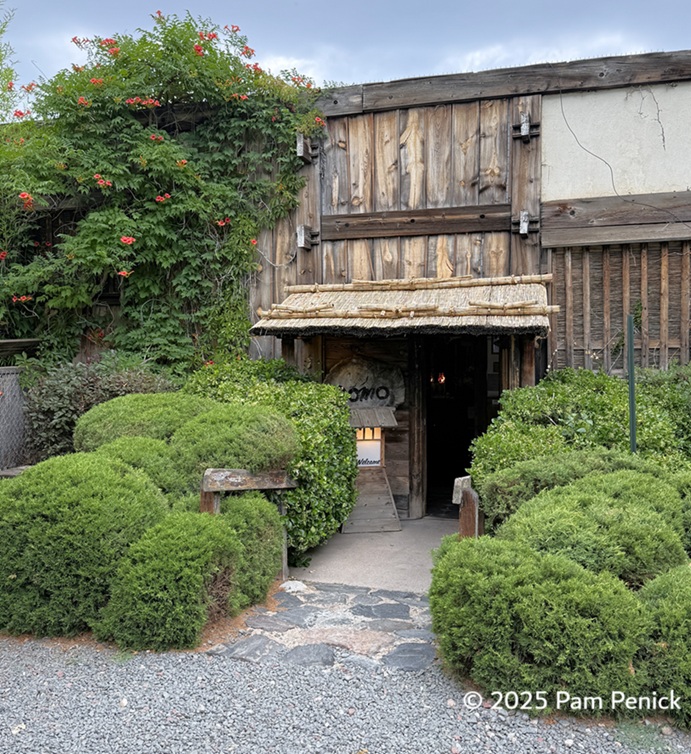
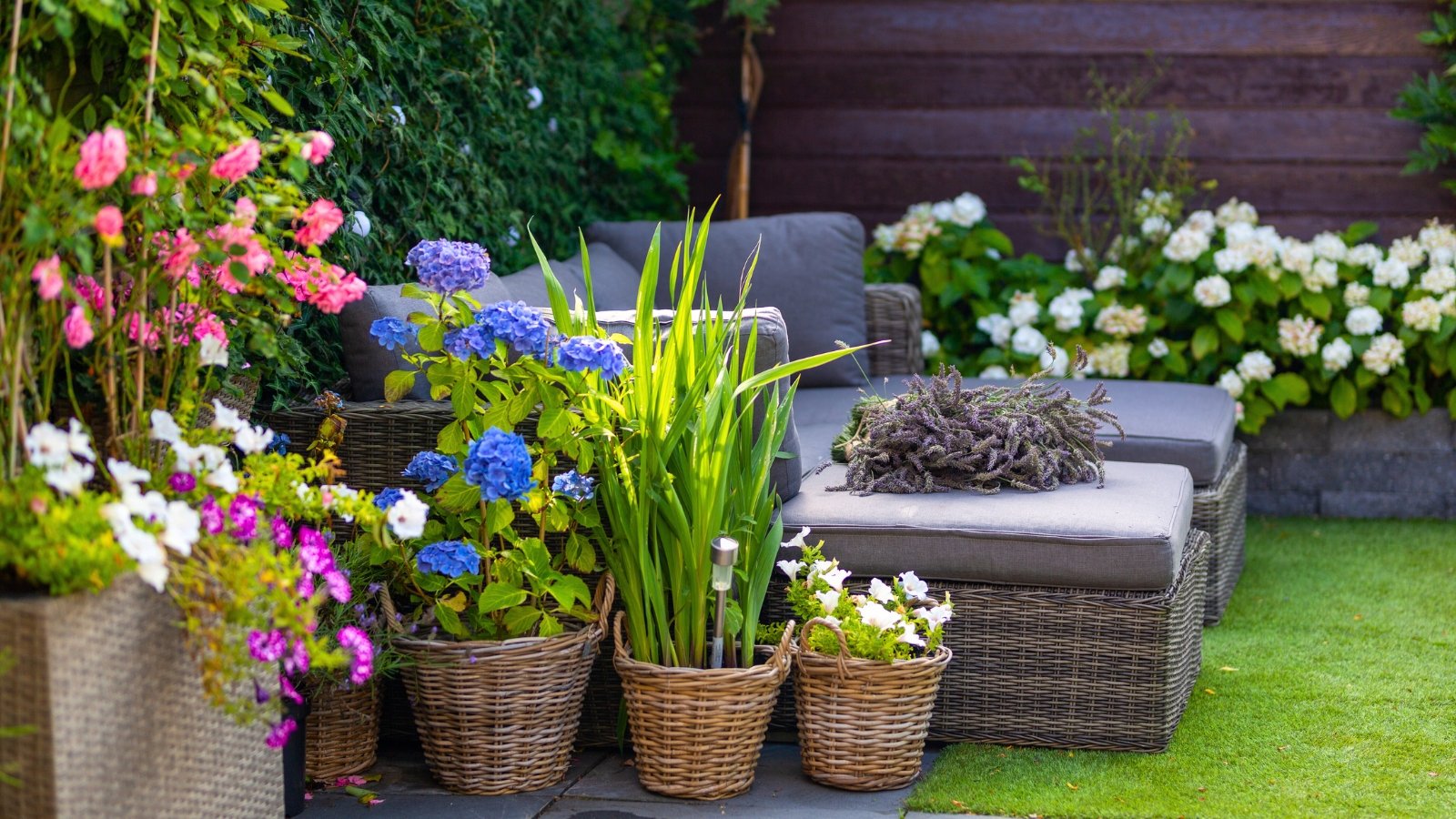



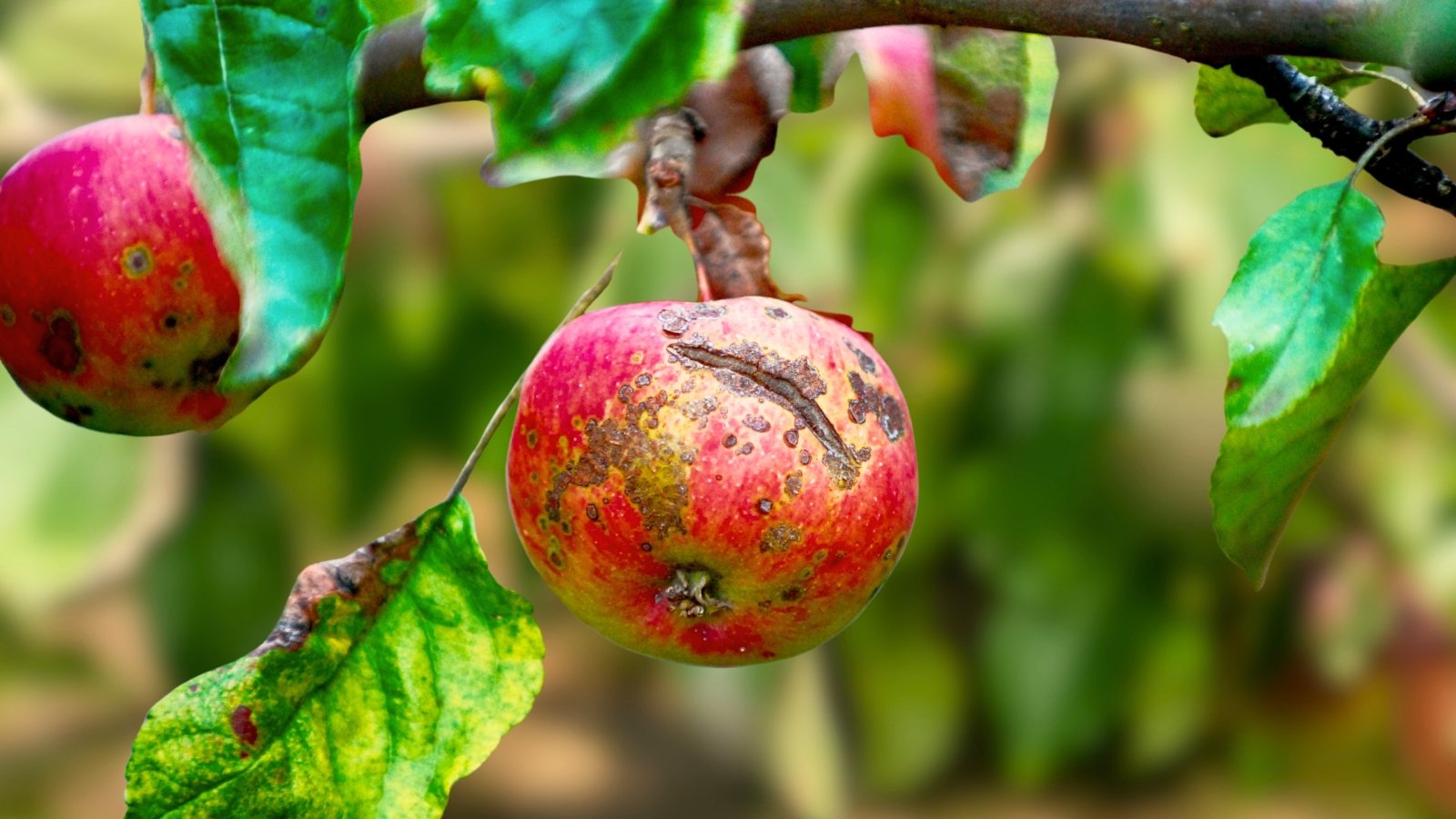















 English (US) ·
English (US) ·  French (CA) ·
French (CA) ·